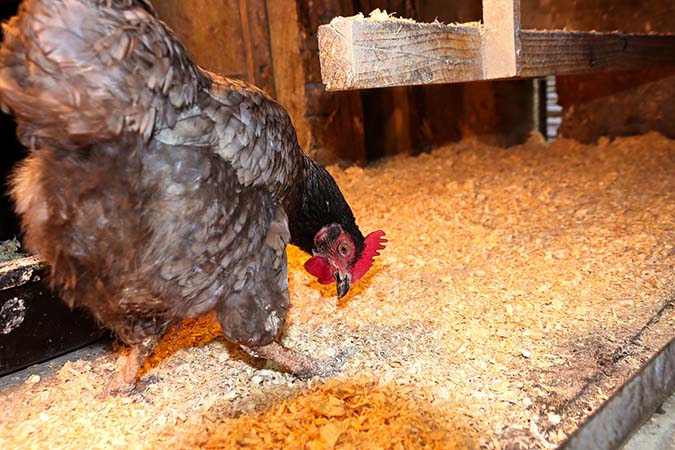Here’s how to plan and build a chicken coop that’s perfect for your brand-new flock! We’ll also cover the basic requirements for a safe coop, discuss ideal materials, and talk about some basic coop maintenance.
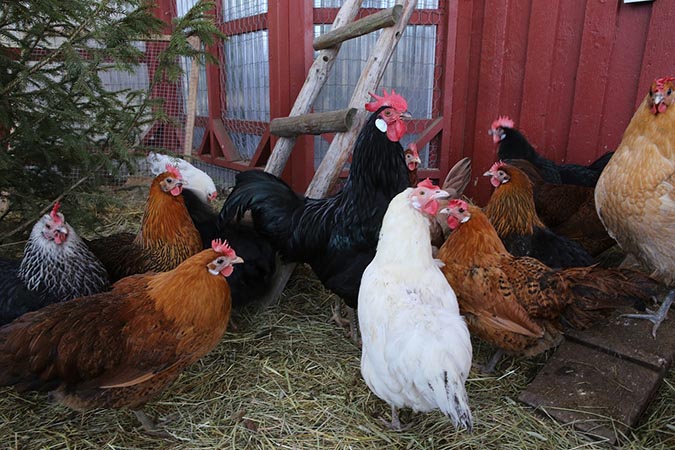
Image by Reijo Telaranta from Pixabay
Keeping a flock of chickens can be expensive; setting one up for the first time can be costly. Luckily, resourceful keepers can save a lot of money by learning to build a chicken coop on their own. In this article, you’ll get step-by-step instructions for planning and building the perfect chicken coop.
3 Steps to Follow When Planning To Build Your Perfect Chicken Coop
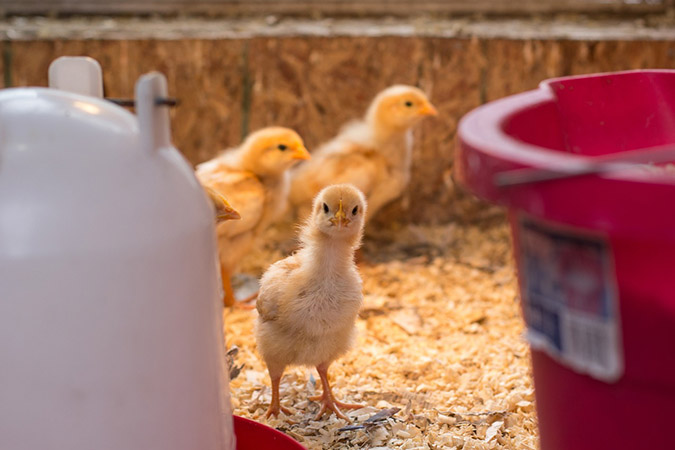
Image by Kirsten Hughes from Pixabay
- Figure out your parameters. The parameters for your coop will depend on your plans for your flock. Once you know how many and what kind of birds you want to keep, you’ll be able to plan for an appropriately sized coop. You’ll also have to think about the weather and wild animals where you live, and where you want to place your coop. If you live in an area that is often very warm, shade will be crucial; if you have to place your coop on low ground, you may be more interested in an elevated coop design.
- Choose your plan. Once you know what kind of coop you want, you can start looking for a coop plan that fits your needs—or at least that ticks enough of your boxes that you can tweak it to meet your needs.
- Source your materials. When choosing lumber for your coop, be sure to avoid pressure-treated lumber, which will hold up well outside but can also release toxic copper compounds into the soil around your coop. Tropical hardwood and treated softwood are much better, safer options. If cutting down costs is your main concern, old furniture like bookshelves and cupboards can be disassembled and converted into a coop. Many businesses will give away old wooden pallets for free, as well, although be sure to look for pallets stamped with an “HT,” which means they’ve been heat treated rather than having been treated with the pesticide methyl bromide.1) https://www.organicauthority.com/live-grow/repurposed-wood-pallet-toxic
The Building Process: Constructing a Chicken Coop and Run
- Build the frame. Take your time building a sturdy, well-fitted frame. This will have to support the rest of your coop, and a rushed job here will compromise every other part of the project.
- Add the walls and roof. Walls can be made of plywood sheeting; however, depending on how much rain or snow you usually get, you may want something a little sturdier or more waterproof for the roof. Be sure to screw the walls as tightly and as flush as possible with the frame, to prevent drafts and keep out marauding animals. You’ll also want a barrier to extend at least 6 to 12 inches into the ground to discourage digging predators. You can create this barrier by building the walls down into the ground, or by creating an “apron” of hardware cloth (a tough metal fencing comprising small squares of heavy-duty wire mesh) that is either buried at least 12 inches deep or that goes down an inch or two into the ground and then runs parallel to the ground around the perimeter of your chicken coop and run.
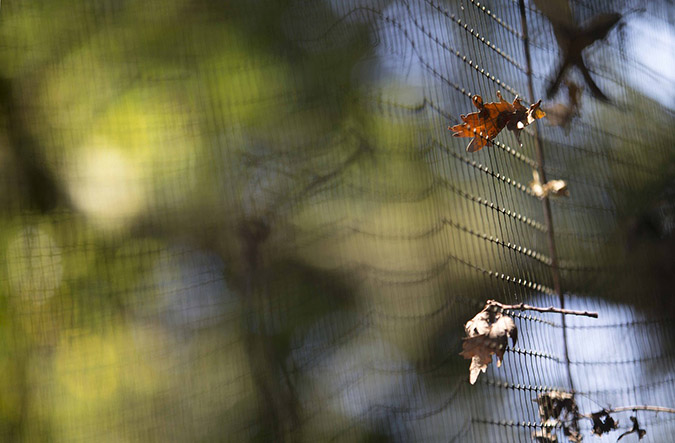
Hardware cloth is durable enough to thwart predators. Image by TATIANA OLLER from Pixabay
- Put up the fencing. When you’re installing fencing around a coop (called a “run”), keep in mind that chicken wire is designed to keep chickens in or out of space—not to keep predators away from chickens. So, while you can use chicken wire to keep your flock out of your garden, you can’t use it to protect your flock from determined predators. When determining what kind of fencing to build your run out of, consider what kind of predators live in your area. For ultimate protection from clever predators of all sizes, consider a covered chicken run built out of ¼” or ½” hardware cloth. If you’re dealing with less predator pressure, lock up your flock in a secure coop at night, and aren’t concerned about aerial predators, you might be able to get away with an uncovered run made primarily from chicken wire, with hardware cloth around the bottom 12 inches of your run. (As with the coop walls, you’ll want to bury the mesh at least 6 to 12 inches underground.)
- Put in the doors. Most keepers cut two doors: a large one for themselves and a smaller one for the hens. Others choose to make an entire wall removable or put it on rollers to slide aside for easy access. (If you’re not sure you’ll remember to shut your chickens in their coop each night, consider an automatic chicken door. You can purchase a ready-made one, or you can build one using the plans in TGN’s “Automatic Chicken Door” project guide.)
- Cut the vents. Vents will let fresh air into the coop and help prevent diseases among your chickens. The two most important vents should go up near the roof; these can be covered with hardware cloth, but should otherwise remain open all year. Placing them near the roof will allow the air to circulate without your birds catching a chill. Depending on the climate where you live, you can add as many other closeable vents as you want lower in the coop to help your girls stay cool in the summer.
You May Also Enjoy:
“The 13 Best Chicken Breeds for Cold Climates”
“Indoor Fodder System: How to Grow Food in Small, Dark Places”
“Cheap, Cheep! 4 Novel Ways to Feed Chickens for (Almost) Free”
What to Do Once the Coop Exterior Is Complete
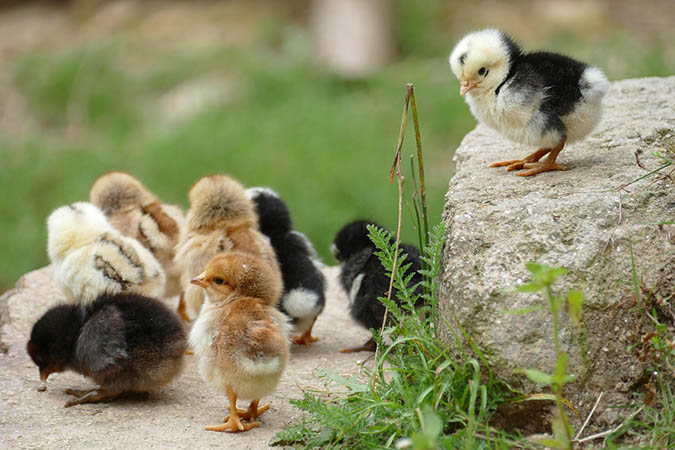
Image by Eveline de Bruin from Pixabay
- Install interior features. Perches can be as simple as a 2×4 placed high in the coop; chickens will always sleep on the tallest available surface to avoid predators. Install at least one nesting box for every three hens; if they weren’t already built into your coop plan, these can be old milk crates or wooden boxes.
- Place predator deterrents. In addition to your hardware mesh, you can use a variety of things to keep predators away from the coop. Shiny, moving objects can scare off birds of prey; you can hang old CDs on a string or tie up some reflective tape to flap in the wind. Other predators might be scared off by an owl statue. There are also a wide variety of commercial products available for these purposes.
- Perform regular checks and maintenance. This is perhaps the most important part of building a chicken coop. Over time, wood will warp and split, and screws will come undone, fencing will peel away. You can check for leaks and drafts in the coop structure by hosing it down and looking for dampness inside; fencing and other issues will require a close visual inspection. Staying on top of all these little issues and repairing them as soon as possible will keep your girls warm, dry, and safe.
A good chicken coop is the best start to a happy, healthy chicken flock. Building your own may be a daunting task, but it also guarantees you’ll have the perfect coop, purpose-built for your brand-new flock.
You May Also Enjoy:
“5 Excellent Reasons to Keep Backyard Chickens”
What Do You Think?
Have you built your own chicken coop? What tips do you have for first-time chicken owners? Share your thoughts in the comments below!
You May Also Be Interested In:
- 40+ Free Chicken Coop Plans: Learn How To Build Now!
- Chicken Coop Design: Meeting Your Chickens’ 6 Basic Needs
- Top 15 Basic Supplies You Need to Brood Chicks the Right Way
- 3 Methods for Brooding Chicks, with Temperature Requirements
____________________
The Grow Network is a participant in the Amazon Services LLC Associates Program, an affiliate program designed to provide a means for our team to earn fees for recommending our favorite products! We may earn a small commission at no additional cost to you, should you purchase an item after clicking one of our links. Thanks for supporting TGN!

Chris has been raising backyard chickens for over 20 years. She has a flock of 11 chickens (including 3 Silkies) and is currently teaching people all around the world how to care for healthy chickens.
References
| ↑1 | https://www.organicauthority.com/live-grow/repurposed-wood-pallet-toxic |
|---|
